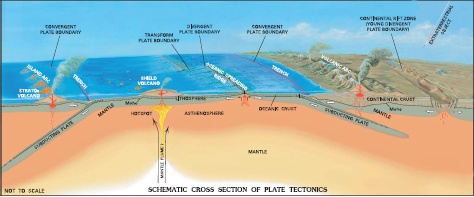Understanding multimodal texts
Understanding multimodal texts
In many academic disciplines, you’ll be asked to understand and analyze different types of multimodal texts. Multimodal texts are those that use more than one mode for conveying information—words, images, moving images, and sound (voice and music). Slide show presentations, videos, and Web pages are examples of compositions that combine modes to explain information, pose arguments, and convey ideas.



In a nursing course, you might compare and contrast various QR Codes® (quick response) that patients can scan with their cell phones to receive medical information. (Source: QR Code is a registered trademark of DENSO WAVE Incorporated. http://www.qrcode.com/faqpatent-e.html.)
When you read and analyze a multimodal text, you often need to consider the modes separately to understand how the modes work together.
- Ask yourself what modes are being used: Written words and static images? Sound and moving images? Some other combination?
- Identify the role of each mode within the multimodal text. What work does each mode perform? For example, do written words convey information or make a pitch? Does sound (dialogue or music) evoke an emotional response? Do moving or static images illustrate a concept or provide background?
- Identify the features of each mode. Are written words large or small? Bold or fine? What size are the images? How are they arranged? How are moving images sequenced? How loud or quiet is the audio?